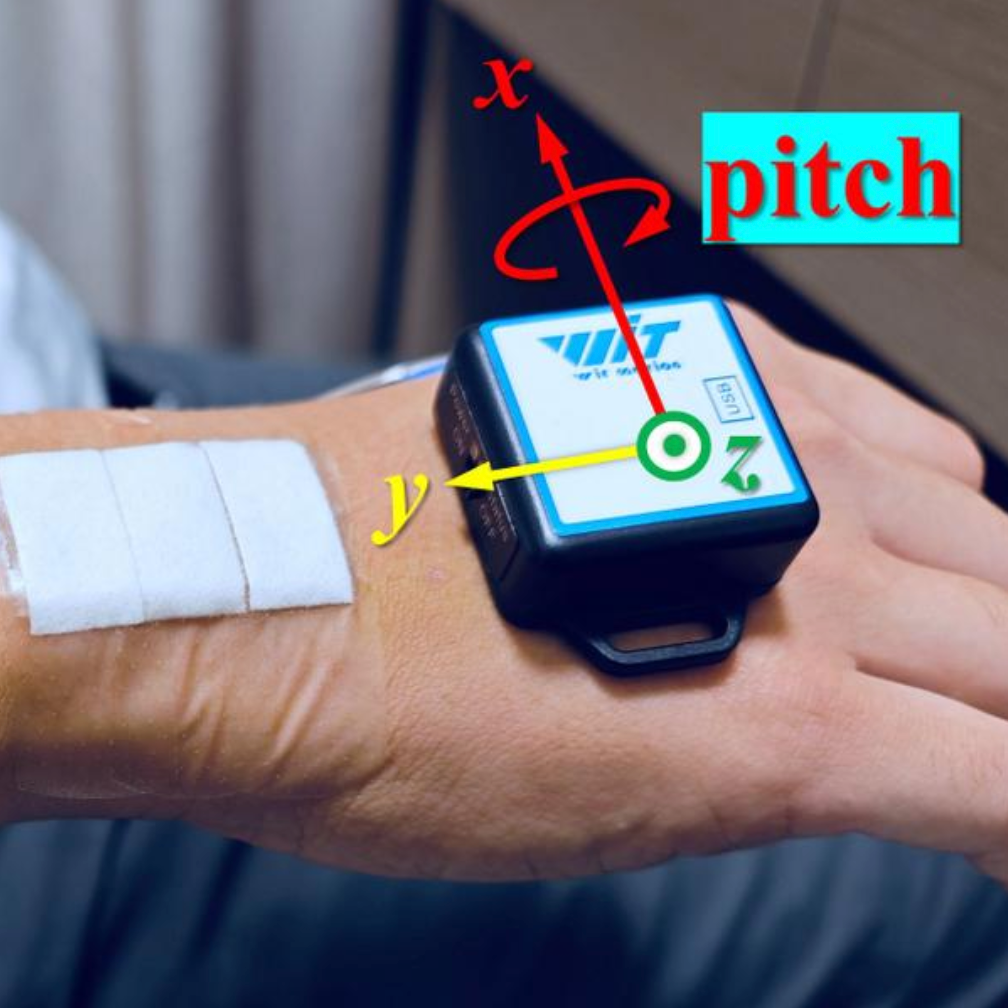Simple modified-earbud biosensors can record and diagnose brain activity and exercise levels
Sep. 29, 2023.
3 min. read
1 Interactions
Design measures the dynamics of both brain cognitive activity and body metabolic state in one in-ear integrated device that doesn't intrude on the comfort and mobility of the user
A multidisciplinary research team of engineers at the University of California San Diego has developed biosensors that can be used for health monitoring and diagnosis of neurodegenerative conditions during exercise.
Data from an electroencephalogram (EEG), which measures electrical activity in the brain, and sweat lactate, an organic acid the body produces during exercise and normal metabolic activity, can now be combined for a variety of purposes. For example, they can be used to diagnose epileptic and other seizures or to monitor effort during physical exercise and levels of stress and focus.
“Being able to measure the dynamics of both brain cognitive activity and body metabolic state in one in-ear integrated device that doesn’t intrude on the comfort and mobility of the user opens up tremendous opportunities for advancing health and wellness of people of all ages, anytime and anywhere,” said Gert Cauwenberghs, a professor in the Shu Chien Gene Lay Department of Bioengineering at UC San Diego.
Building the sensors
The first step in building the in-ear sensors was confirming that EEG and lactate data could be gathered in the ear. Researchers had to design smaller, more compact instruments to gather electrophysiological signals, such as EEG data, that would fit on an earbud.
They also had to find a suitable material to collect sweat and sense lactate. After preliminary experiments on human subjects, researchers determined that the best location to collect and record lactate data was the tragus, where sweat accumulates at the entrance of the ear. The team also knew from previous experience that to collect EEG data, high-performance physiological electrodes pointed toward the temporal lobe were required.
“The primary technical challenge was fitting two sensors in the ear, which is a small space that varies from an individual to another, but also reliably acquiring signals from both EEG and lactate,” said Yuchen Xu, co-first author of the paper, and a postdoctoral researcher in Cauwenberghs’s lab. “It’s a natural entry point–people are used to wearing earbuds.”
“We also had to accommodate for earbuds integration and reduce crosstalk. That’s when we landed on the idea of a stamp-like stretchable sensor, which is a simple addition to the earbud itself, but has all the necessary functions we needed and gave us enough freedom for our designs.”
To make sure that the electrophysiological sensors had firm contact with the ear, researchers designed 3D spring-loaded sensors that hold contact but can adjust as earbuds move. To improve sweat collection, researchers covered the electrochemical sensors with a see-through hydrogel film. “It’s sponge-like and hydrophilic,” Xu said. “It acts as a mechanical cushion between skin and sensors and also helps collect sweat.”
“This new and powerful in-ear multimodal wearable bioelectronic platform offers a rich source of real-time information on the health of the users by recording physical and biochemical information simultaneously and dynamically,” said Joseph Wang, a professor in the Department of NanoEngineering and director of the Center for Wearable Sensors at the Jacobs School.
The researchers foresee a future in which neuroimaging and health monitoring systems work with wearable sensors and mobile devices, such as phones, earbuds, watches, and more to track brain activity and levels of many health-related metabolites throughout the day. This would allow users to enhance brain and body capabilities.
Citation: UC San Diego Department of Bioengineering: Shu Chien-Gene Lay, Yuchen Xu, Akshay Paul, Min Lee, Abhinav Uppal, William Chen, Stephen Deiss, Gert Cauwenberghs; UC San Diego Department of NanoEngineering and Chemical Engineering: Ernesto De la Paz, Kuldeep Mahato, Juliane R. Sempionatto, Nicholas Tostado, Muyang Lin, Srishty Dua, Lu Yin, Sheng Xu, Joseph Wang. UC San Diego Department of Electrical and Computer Engineering: Gopabandhu Hota, Brian L. Wuerstle, Patrick Mercier. (28-Sep-2023). Unobtrusive in-ear integrated physiological and metabolic sensors for continuous brain-body activity monitoring. Nature Biomedical Engineering. https://www.nature.com/articles/s41551-023-01095-1 (open-access)
Let us know your thoughts! Sign up for a Mindplex account now, join our Telegram, or follow us on Twitter.

.png)

.png)


.png)





0 Comments
0 thoughts on “Simple modified-earbud biosensors can record and diagnose brain activity and exercise levels”